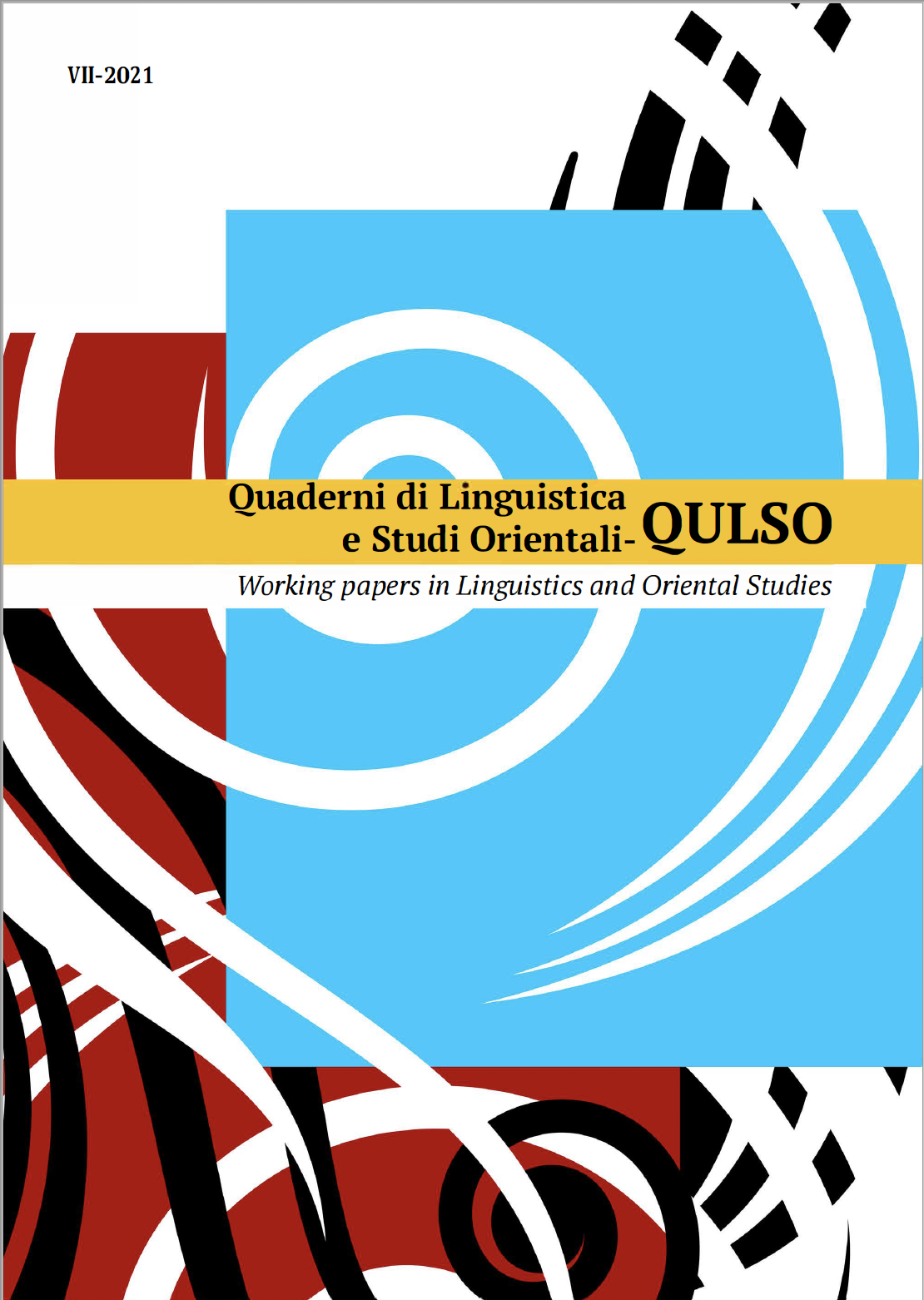Published 2021-09-15
How to Cite
Abstract
The vowel -ā can be identified as a marker of nominal and verbal plurality in different Semitic and Afroasiatic languages. The vowels -ā (feminine plural) and -ū (masculine plural) which are used for both internal and external plurals are, according to Hasselbach (2007), derived from a verbal system and a predicative adjective. In Semitic languages, ā, ū and at (< a+t) mark gender and/or number. They are interdependent and can be used as classifiers. Based on the analysis of data from the languages in question, this article argues the Semitic gender and/or number markers indicated above and their reflexes -ačč, -očč, -o and -ot can be used as gender and/or number markers in Ethio-Eritrean Semitic languages. As in other Semitic languages, gender and number markers can function as classifiers in EES languages too. Even though there is interdependence of gender with number, the use of the former on verbal and nominal forms may be regarded as more original than the latter. However, more research is also needed to explore the diachronic relationship between them.



